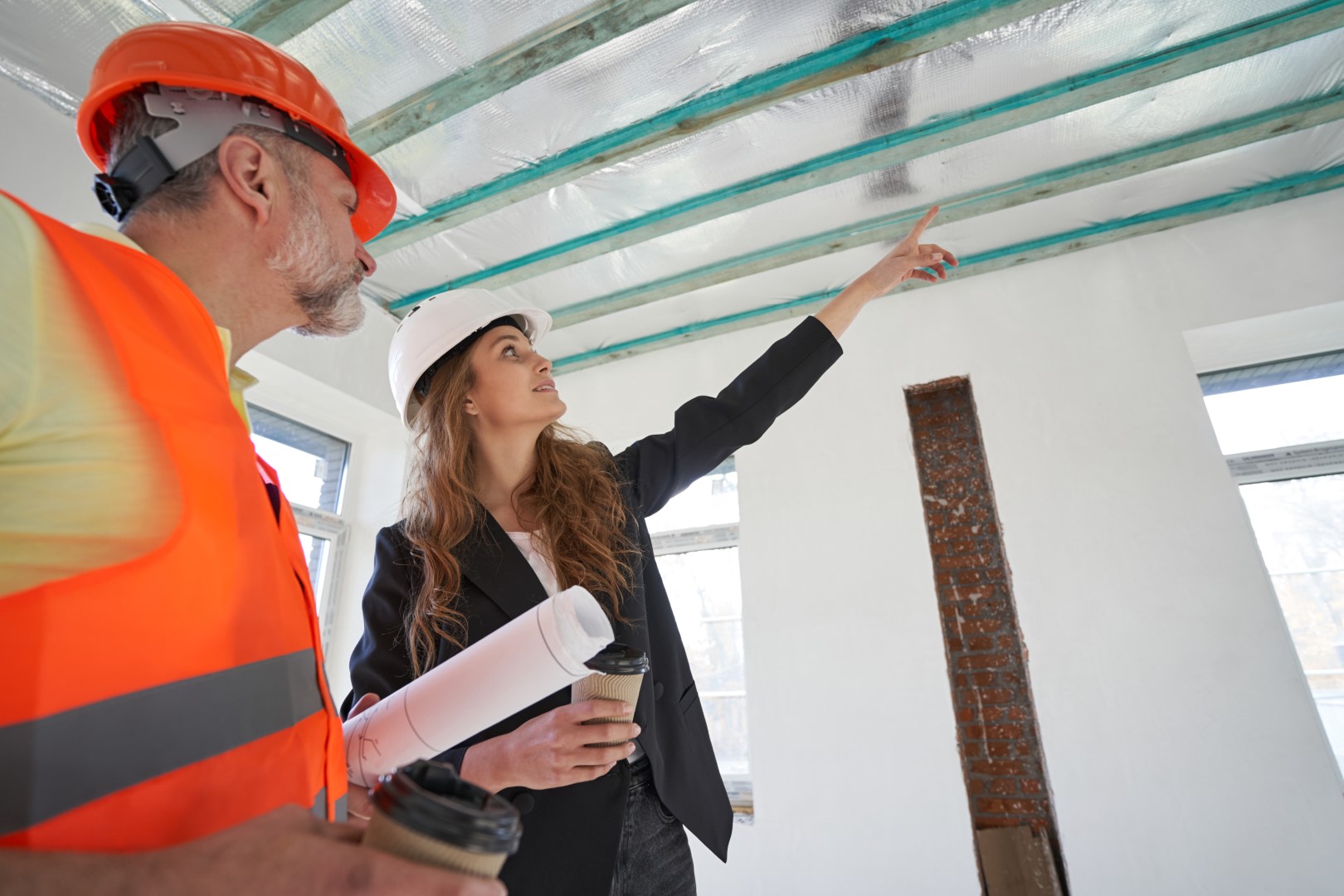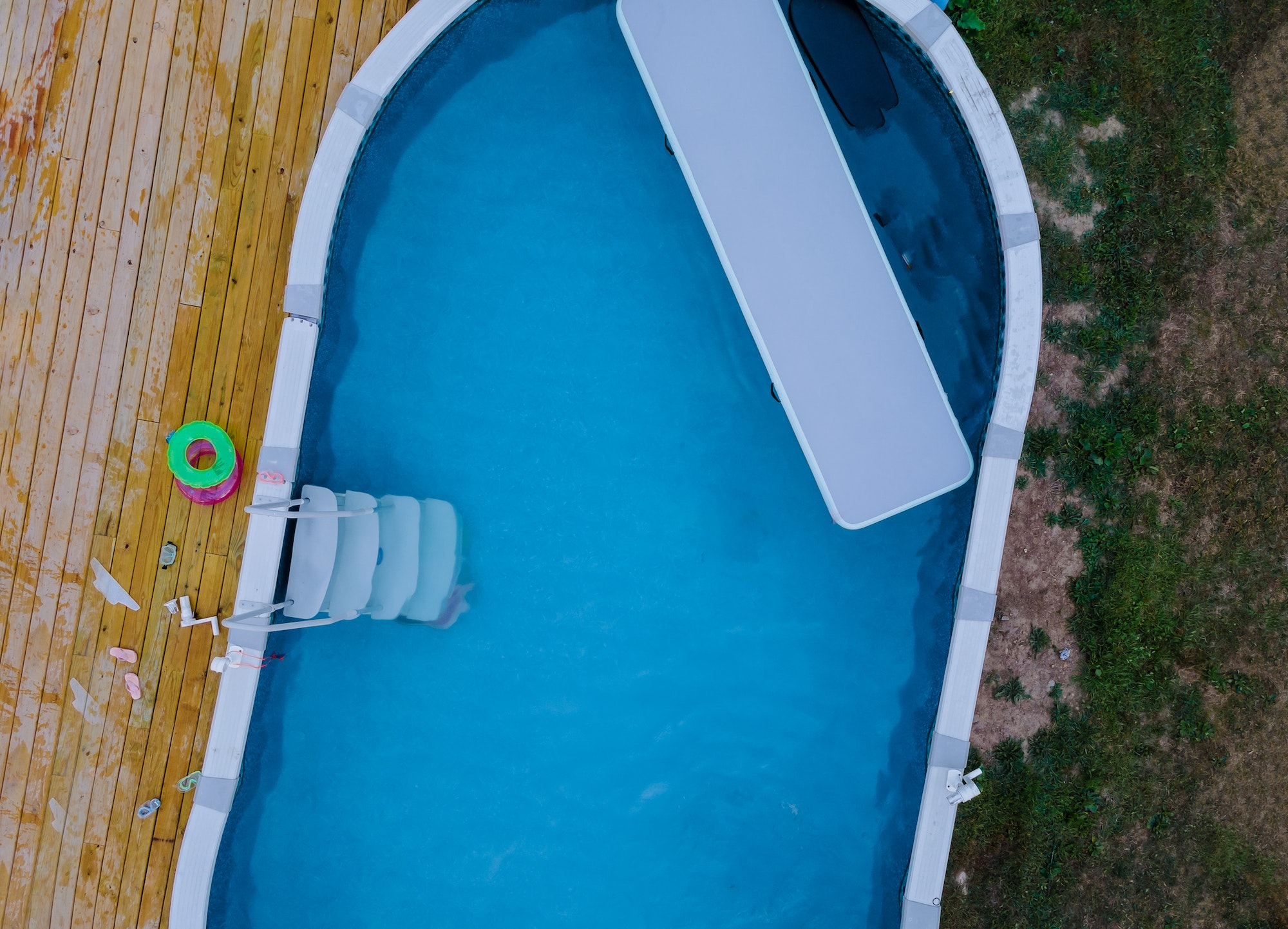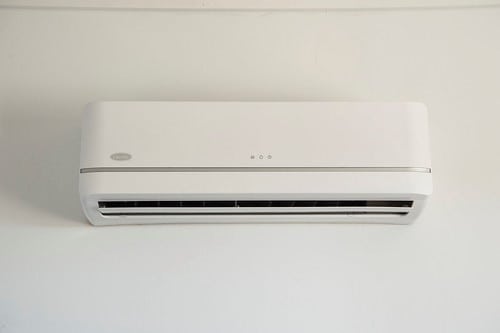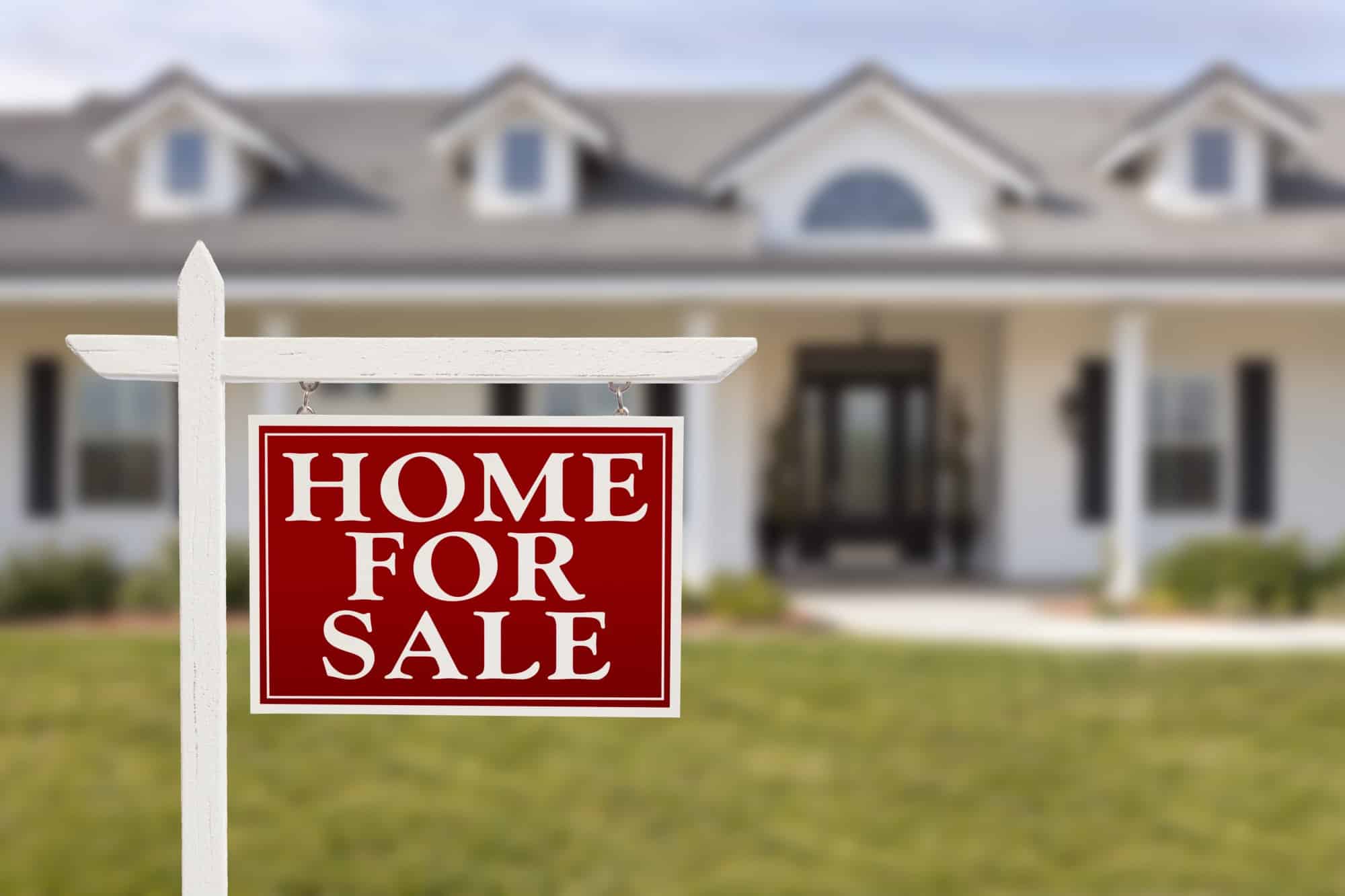As a homeowner, it is important to keep an eye on the condition of your home’s exterior. Over time, weather and other factors can cause wear and tear, including damage to the exterior cladding. Recladding is the process of adding new layers of cladding to your home to protect it against moisture, mould, and other issues. Let’s discuss the signs that your home may need recladding and why it is important to address these red flags promptly.
1. Cracked or peeling paint
One of the first signs that your home may need recladding is cracked or peeling paint. This is often an indication that moisture has penetrated the exterior cladding and is causing damage to the underlying structure. In high rainfall areas like Auckland, peeling paint can also be a sign of mould or mildew growth, which can further compromise the integrity of your home. If you notice any areas where the paint is cracking or peeling, it is essential to have your home inspected by a professional to determine the underlying cause and if recladding your home in Auckland is necessary.
2. Warped or rotten cladding
Another clear indication that you need to go for a recladding house is warped or rotten cladding. Over time, moisture can seep into the cladding, causing it to weaken and deteriorate. This can result in visibly warped or rotten sections of the cladding, compromising the overall structural integrity of your home. Additionally, warped or rotten cladding can allow moisture to enter your home, leading to further issues such as mould growth and interior damage. If you notice any warped or rotten cladding, it is crucial to have it replaced promptly to prevent further damage.
3. Increased energy bills
If you have noticed a significant increase in your energy bills, it may be a sign that your home needs recladding. Poorly insulated or damaged cladding can allow heat to escape during the winter and enter during the summer, making it difficult to maintain a comfortable interior temperature. By investing in recladding, you can improve the energy efficiency of your home, reducing your heating and cooling costs in the long run.
4. Mould or mildew growth
Mould and mildew thrive in damp environments, making them a common problem in homes with damaged or worn-out cladding. If you notice any signs of mould or mildew growth on your home’s exterior, it is crucial to address the issue promptly. Mold and mildew can cause significant health problems, especially for individuals with respiratory conditions, and can also lead to structural damage if left untreated. Recladding your home can help prevent further moisture intrusion and eliminate the conditions that allow mould and mildew to thrive.
5. Cracks or gaps in the cladding
Cracks or gaps in the cladding are a clear indicator that your home needs recladding. These openings can allow moisture to seep into the underlying structure, causing damage over time. Additionally, cracks or gaps in the cladding can compromise the overall aesthetic appeal of your home. Recladding can help seal these openings and provide a fresh, updated look to your home’s exterior.
6. Water stains on interior walls
Water stains on interior walls are a sign that your home’s cladding is failing to prevent moisture from entering your home. This could be due to cracks, gaps, or other damage in the cladding. If you notice water stains or discolouration on your interior walls, it is crucial to address the issue promptly to prevent further damage and potential mould growth. Recladding your home can help ensure that moisture is properly sealed out, protecting both your home’s structure and indoor air quality.
Conclusion
There are several red flags that indicate your home may need recladding, including cracked or peeling paint, warped or rotten cladding, increased energy bills, mould or mildew growth, cracks or gaps in the cladding, and water stains on interior walls. These signs should not be ignored, as they can lead to further damage and costly repairs if left untreated. By addressing these red flags promptly and investing in recladding, you can protect your home’s structure, improve energy efficiency, and maintain a beautiful exterior for years to come.
Discover more from Futurist Architecture
Subscribe to get the latest posts sent to your email.



